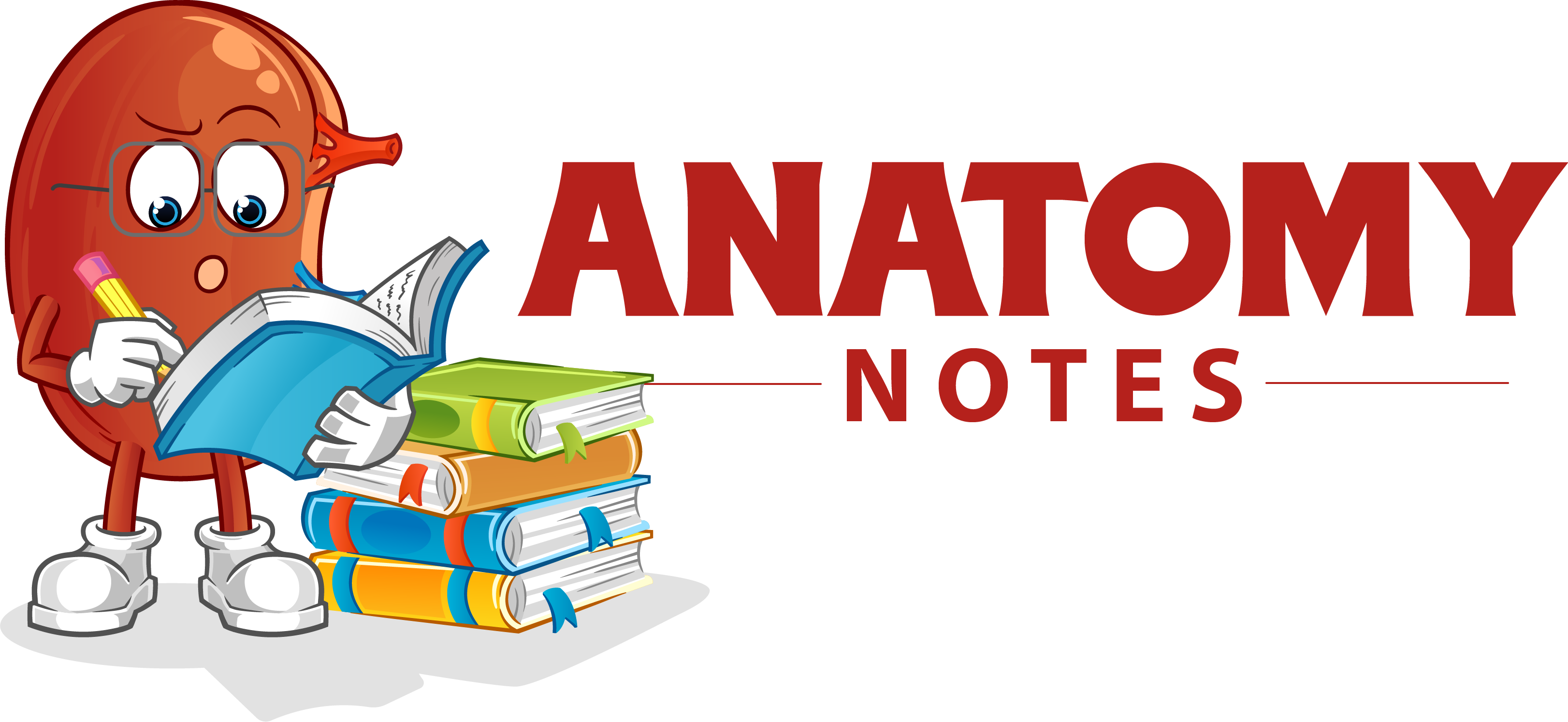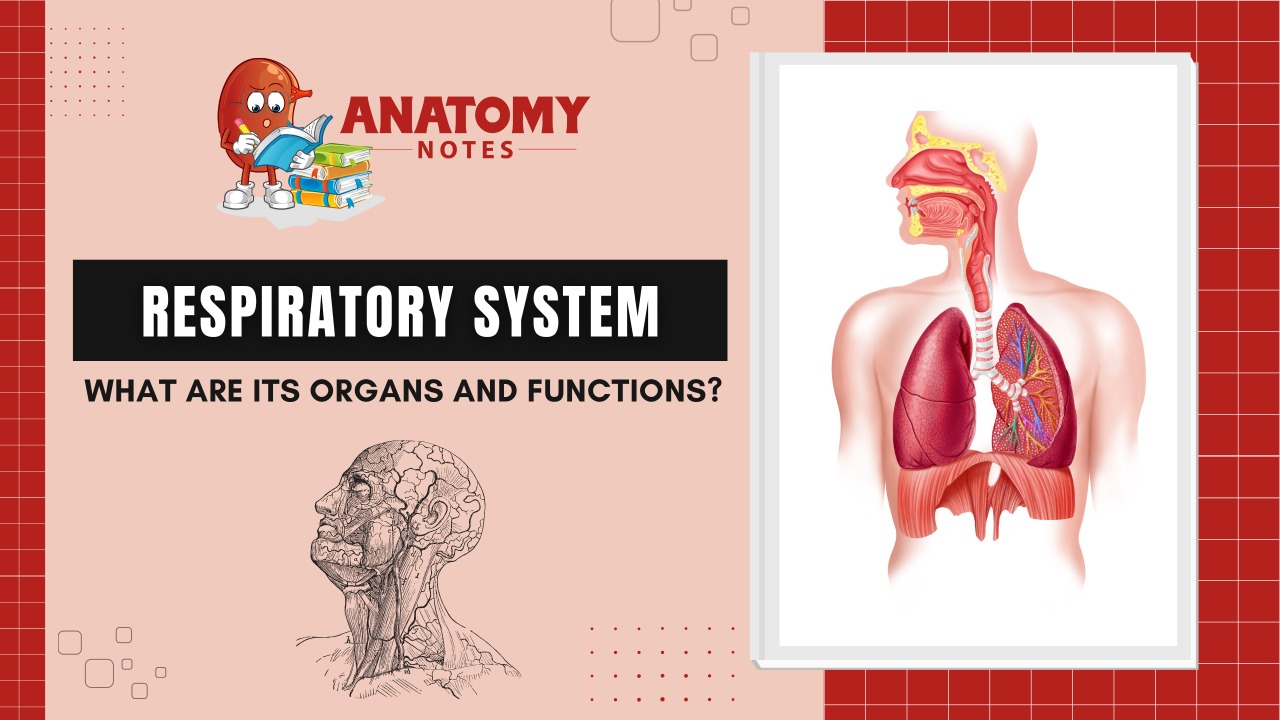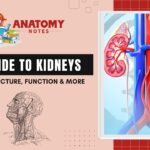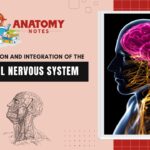When the body breathes, air is drawn into the respiratory system, where it makes a trip across the body and then leaves once again as waste in the form of changed gases. Dividing the respiratory system into two basic components, upper and lower, it is systematic and well understood.
The respiratory system is responsible for the exchange of gases, the production of sound and the aid of abdominal compression. The most obvious, the exchange of gases, is its primary function that sustains life.
Refers to respiratory functions as gaseous exchange, depending on differently. Ventilation is the action of the body’s natural response in breathing and exhaling.
The exchange of gases takes place initially between the air and the lungs, then the lungs within the lungs and blood cells and finally between the blood cells and body tissue.
Oxygen is used when body tissues make energy from oxygenated cells and then return carbon dioxide to cells that are considered waste in those cells. This process is known as the process of respiration.
Types Of Respiration
External respiration -It occurs when the gases are exchanged, oxygen for carbon dioxide with a few other lesser vital gases mixed in there, and then released from the body with the action of exhaling.
Internal respiration – It occurs when the gases are exchanged between the blood cells and the body’s tissues.
Six Basic Required Functions of Respiratory System
On average, an adult body at rest breathes approximately fifteen times per minute and exchanges six liters of air in this time frame, resulting in eight thousand liters exchanged in a 24-hour duration.
An adult body under physical duress increases the need for gaseous exchange by either fifteen or twenty times the resting rate.
This results in around 100 liters of air passing through the lungs every minute.
The average adult body will lose consciousness after four, perhaps five, minutes. Brain damage is likely after 7 minutes of oxygen loss and death normally occurs within 11 minutes.
The respiratory system is a complex and vital part of the human body. With even a lap in the appropriate functions, life and death become eminent. And it must be fully active to sustain life or life with quality.
Also Read: Muscular system – Types of muscles, characteristics & functions
To be considered functional, the respiratory system must possess six basic required functions.
First, the location of the gaseous exchange, as it must occur deep within the lungs so that the air has a chance to emit hot gases on its journey to heat, moisten, and exchange waste gases. Airborne particles must be removed during oxygen travel to the lungs.
Secondly, the membrane lining of the lungs must be moist, as carbon dioxide and oxygen can undergo the process of gaseous exchange only in water-like material. This process is called diffusion and cannot happen in a dry lung.
The respiratory system must have an extensive network of capillaries to allow the exchange of oxygen within the body’s tissues. An inadequate network of capillaries will result in some of the body’s tissue being denied life sustaining oxygen.
This System relies on a competent and effective ventilation mechanism in order for there to be sufficient replenishment of the necessary oxygen. The body’s tissue cannot survive off a minimal amount of oxygenation.
This must be able to function automatically and not require constant voluntary observation. Supervising and natural action must all happen automatically throughout the body in order for the respiratory system to respond appropriately.
The system also requires a conscious override to intentionally create a variance in airflow if desired or needed.
By meeting these necessities, the respiratory system is designed with very intricate but purposeful properties, which allow it to take on a variety of responsibilities. The metabolic process and the sustaining of life relies entirely on the functions of these basic principles.
Organ Associated to Respiratory System
The major organs of the respiratory system function mainly to provide oxygen to body tissues for cellular respiration, take away the waste product carbon dioxide, and help to sustain acid-base balance.
Parts of the respiratory system are also utilized for non-vital functions, such as sensing odors, speech production, and for straining, such as during childbirth or coughing.
Functionally, the respiratory system can be divided into a conducting zone and a respiratory zone. The conducting zone of the respiratory system includes the organs and structures not directly involved in gas exchange. The gas exchange occurs in the respiratory zone.
Conducting zone Organs
The Nose and its Adjacent Structures
Pharynx
Larynx
Trachea
Bronchial Tree
Respiratory zone Organs
Lungs
- Bronchioles
- Alveolar ducts
- and Alveoli.
Anatomically, the same structures are often divided into the upper and lower respiratory tracts.
Upper Respiratory Tracts
The Nose and its Adjacent Structures
Pharynx
Larynx
Lower Respiratory Tracts
Trachea
Bronchial Tree
The Lungs
Conclusion
The respiratory system, as complicated and intricate as it is, is also quite a viable and strong. The system is meant to compliment and function cooperatively with some other systems to create and continue life, energy, and endurance in any reasonable situation.
Learn More: Webmd
Frequently Asked Questions (FAQs)
What is the 7 parts of respiratory system?
The seven parts of the respiratory system are the nasal cavity, pharynx, larynx, trachea, bronchi, bronchioles, and alveoli. The nasal cavity warms, humidifies, and filters incoming air, while the pharynx, larynx, and trachea serve as conduits for air movement. The bronchi and bronchioles are responsible for further air distribution, and the alveoli are where gas exchange occurs.
What is the main organ of respiratory system?
The lungs are the primary organ of the respiratory system. The lungs are two large, spongy organs located on either side of the chest, protected by the rib cage. The primary function of the lungs is to facilitate the exchange of oxygen and carbon dioxide between the air we breathe and our bloodstream.
What is the process of respiration?
Living organisms use respiration to transform oxygen and glucose into energy, water, and carbon dioxide. In humans, respiration involves the inhalation of air into the lungs, the exchange of gases between the lungs and bloodstream, the transport of oxygen to the body’s tissues, and the removal of carbon dioxide through exhalation.
What are the types of respiration?
There are two main types of respiration:
- Aerobic respiration – This is the most common type of respiration and requires oxygen. Aerobic respiration takes place in the mitochondria of cells and involves the breakdown of glucose to produce energy, carbon dioxide, and water.
- Anaerobic respiration – This type of respiration occurs in the absence of oxygen and is less efficient than aerobic respiration. Anaerobic respiration involves the breakdown of glucose without the use of oxygen and produces lactic acid or ethanol as a byproduct. It is commonly seen in microorganisms, some plants, and certain muscle cells during strenuous exercise.
What is the location of lungs?
The lungs are located in the thoracic cavity, within the rib cage, on either side of the heart. The base of each lung rests on the diaphragm, a muscular structure that separates the thoracic cavity from the abdominal cavity. The lungs extend from the collarbone to the diaphragm and are protected by the rib cage.
Why is respiration important?
Respiration is important because it is the process by which living organisms obtain energy from food molecules such as glucose. This energy is necessary for various cellular functions, including growth, repair, and movement. Without respiration, the cells in the body would not have enough energy to carry out their functions, and the organism would not be able to survive. Respiration also plays a critical role in the exchange of gases between the body and the environment, as it enables the uptake of oxygen and the removal of carbon dioxide.




